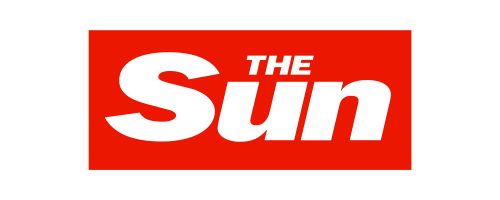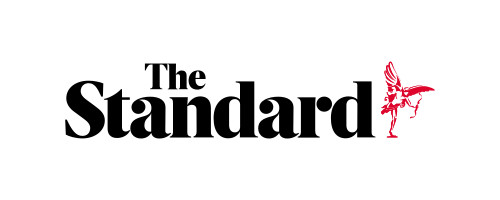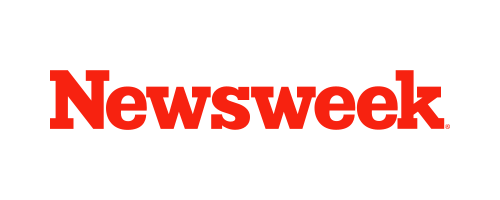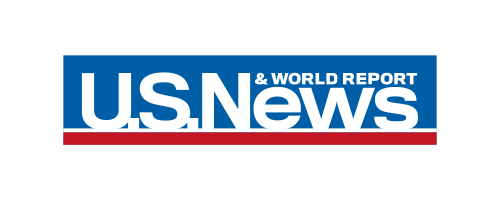Skip to the good bit
ToggleThe educational power of visual content for healthcare businesses led to the importance of 3D medical animations in their operations. Animations that explain surgery steps and show medication processes and assist medical device promotions need absolute accuracy because it determines their success. Inaccurate anatomical descriptions or wrong movement sequences cause misleading information which damages credibility thus affecting legal compliance. The creation of reliable medical visualizations requires medical accuracy to be a priority point from animation development start to finish.
Understanding the Importance of Accuracy
Faithful 3D medical animations function as essential tools for connecting technical healthcare concepts to public comprehension. A medical animation achieves its goals when they break down complex procedures to show their basic scientific information truthfully. Orderly communication in healthcare relies on accurate representation because minor misinterpretations could harm mutual understanding among health professionals as well as patients and stakeholders and their trust in medical services.
The standard of healthcare quality might decrease when medical animations contain inaccurate information. All viewers can detect problems with misaligned information but professionals notice them immediately. The errors in animations create problems for hospital organizations together with medical technology companies which endanger clinical reputation and reduce educational value. Medical accuracy serves as more than technical specification since it creates the essential base for healthcare communication excellence.
Working with Medical Experts
The most reliable method to achieve accuracy begins when medical professionals join the project at its start. Subject matter experts along with physicians and surgeons provide valuable information about essential content creation while specifying proper implementation and necessary avoidance measures to animators. External medical feedback leads to the definition of precise material regarding human anatomy alongside pathological features and procedural steps.
The production quality benefits from expert feedback which should happen during all stages of development instead of just at initial meetings or completion point. Such team collaboration enables identification of misunderstandings at their initial phase. The animation team gets the opportunity to request additional information while the visualization progresses allowing them to modify elements until the final version becomes precise.
Using Reliable Scientific References
Every accurate 3D medical visualization depends on credible sources as its foundational elements. The reference materials come from journalistic publications and clinical textbooks as well as authorized medical guidance from professional medical groups. The fundamental requirement for every project should involve creative directors and animators developing extensive reference collections based on scientific validation. This will establish solid foundations for each animation frame.
Visual authenticity improves when medical professionals obtain radiology scans or surgical footage or laboratory data for reference. Screen assets help animators duplicate true internal appearances because they reveal first-hand information about system operations. Real-life visuals that merge with textbook material create a better method for gaining complete understanding of a subject.
Prioritizing Anatomical Precision
3D medical animations maintain its impact with viewers when its displayed anatomical structures appear correct in appearance and dimensions. 3D medical animation requires proper measurements in addition to maintaining realistic placement of components along with suitable materials which simulate human tissue appearance. The educational message of the video becomes less effective when video depictions slightly mismatch the correct shapes or positions.
The attention paid to motion holds the same level of importance as other factors. All visual accounts demonstrating muscle motion or blood flow and device functioning should maintain correct biological activities. Viewers will become confused with obtaining inaccurate knowledge about treatment procedures or health conditions as a result of incorrect animations for heart pumping and joint rotational movements.
Adapting Complexity Without Losing Accuracy
Presenting medical animation requires simplification of detailed medical concepts while maintaining proper factual accuracy. Patients in the audience often lack sufficient background understanding so the information requires both abstraction and simplification. However, simplification must never lead to distortion.
Medical animations maintain accurate information through simple delivery of complex medical data. Science accuracy stays intact when color coding demonstrates specific functions while automated systems display progress in stages to enhance interpretability. Both clinical expertise and visualization abilities are required to achieve the right scientific and artistic combination.
Implementing Rigorous Review Processes
A systematic review strategy must be in place to identify errors before concluding animation production. The process needs to have several review points that begin with early designs through complete visual production. Every advancement medical consultants together with creative leads need to confirm both factual accuracy and presentation clarity of the animation.
The animation benefits from being reviewed by both medical experts and audience members including focus groups of staff to confirm proper comprehension. The testing sessions help determine correct comprehension among viewers along with the overall visual quality and medical validity of every animation segment. The implementation of regular feedback processes leads to the production of final products that achieve outstanding standards.
Keeping Up with Evolving Medical Knowledge
Medical science transforms continuously because research findings combined with revised practice guidelines appear on a regular basis. Healthcare businesses need to guarantee their animations use absolute recent medical information as a basis for maintaining accuracy and relevance. Designers need to perform two steps to maintain accuracy: they should both update older animation content and compare new content planning against modern medical consensus.
Collaborating with animators who maintain knowledge about medical developments reduces the difficulty of the animation process. The studios which focus on medical animation combine internal medical consultants with extensive professional networks for the creation of their projects. Your medical animations will maintain their accuracy because you have selected accomplished partners.
The field of healthcare communication requires absolute accuracy since it stands as a mandatory element. Each aspect in medical animations needs to match real-world elements precisely so they can effectively deliver their purpose to their audience. When healthcare businesses work with medical experts while using trusted sources while running regular review processes they can develop informational animations that establish trust along with educational value. The commitment to accuracy makes 3D medical animations into strong resources which improve both healthcare comprehension and patient treatment results.







